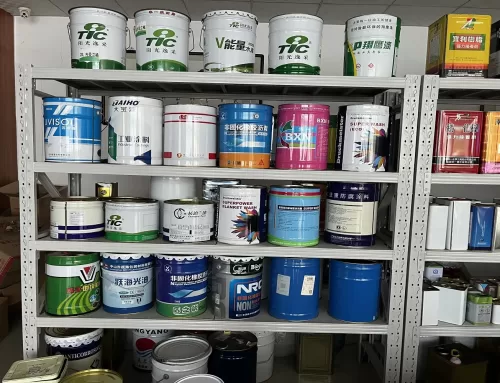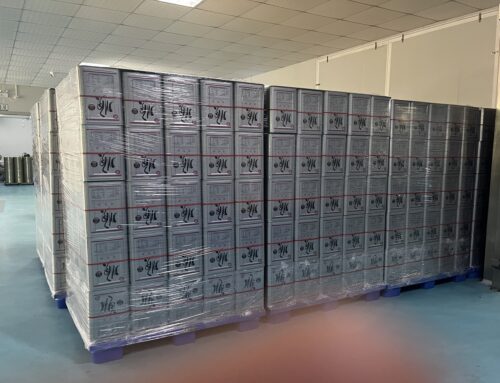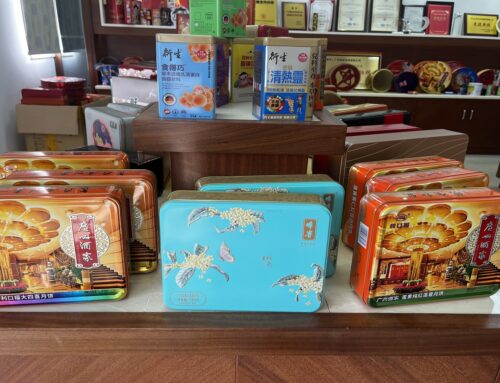In the 21st century when civilization is highly developed, metal cans are already closely related to human beings. You can see metal cans from life to work, but who invented metal cans? Let’s find out today.
|Nicolas Appert (French: Nicolas Appert, November 17, 1749 – June 1, 1841) was born in Champagne, France, and is the inventor of the airtight food preservation method. Is a confectioner and pastry chef.
In 1800 AD, the French ruling Napoleon Bonaparte offered a bounty worth 12,000 francs to solicit practical food preservation methods available to the marching army (he is often accused of saying that “an army advances by its stomach.”) After 10 years of experimentation, Appel presented his invention in 1810 and won a bounty. The following year, Appel published “Technology for Preserving Animal and Vegetable Ingredients” (L’Art de conserver les substances animales et végétales). This is the earliest book that mentions modern food preservation methods.
The Appel House became the world’s first commercial cannery, about 100 years before Louis Pasteur proved that heat kills bacteria. Appel applied for a patent for his invention and set up a company to store all kinds of food in closed bottles. Appel’s method uses thick-walled wide-mouth glass bottles to hold all kinds of food, including beef, bird meat, eggs, milk, and cooked food (according to some sources). His greatest achievement for propaganda is to save a whole sheep. He left an air chamber on the top of the bottle, and then firmly stuffed the cork into the bottle mouth with a vise. The entire bottle is wrapped in canvas for protection, and finally immersed in boiling water for cooking. The cooking time is the long time that Appel believes can make the contents ripe.
To commemorate Apel, canning is sometimes called “Apelization”, but it must be noted that this is different from Pasteur. In the early days, Apel used boiling water to preserve food at a higher temperature than the pasteurization method (70 °C), which may cause the preserved food to lose some of its flavor.
Appel’s method is extremely simple and feasible, allowing his method to spread quickly. In 1810, the Englishman Peter Durham applied for a patent for his invention, but he used tin cans and created the “modern can” production method. In 1812, the British Brian Dongqin and John Hall acquired these two patents and began to produce preserved food. Only ten years later, Appel’s canning method has spread to the United States. Nevertheless, the mass production of tin cans was not common until the early 20th century, partly because they were quite difficult to open before the invention of the can opener. Smashed open).




